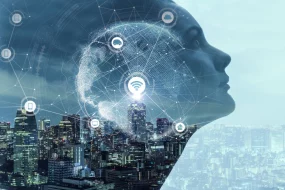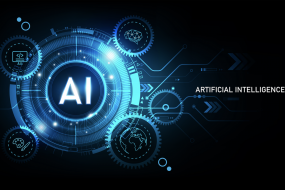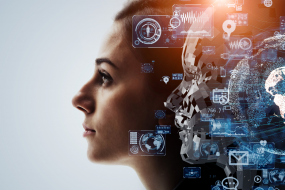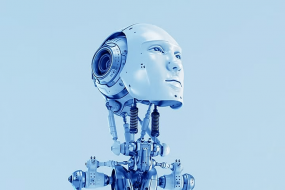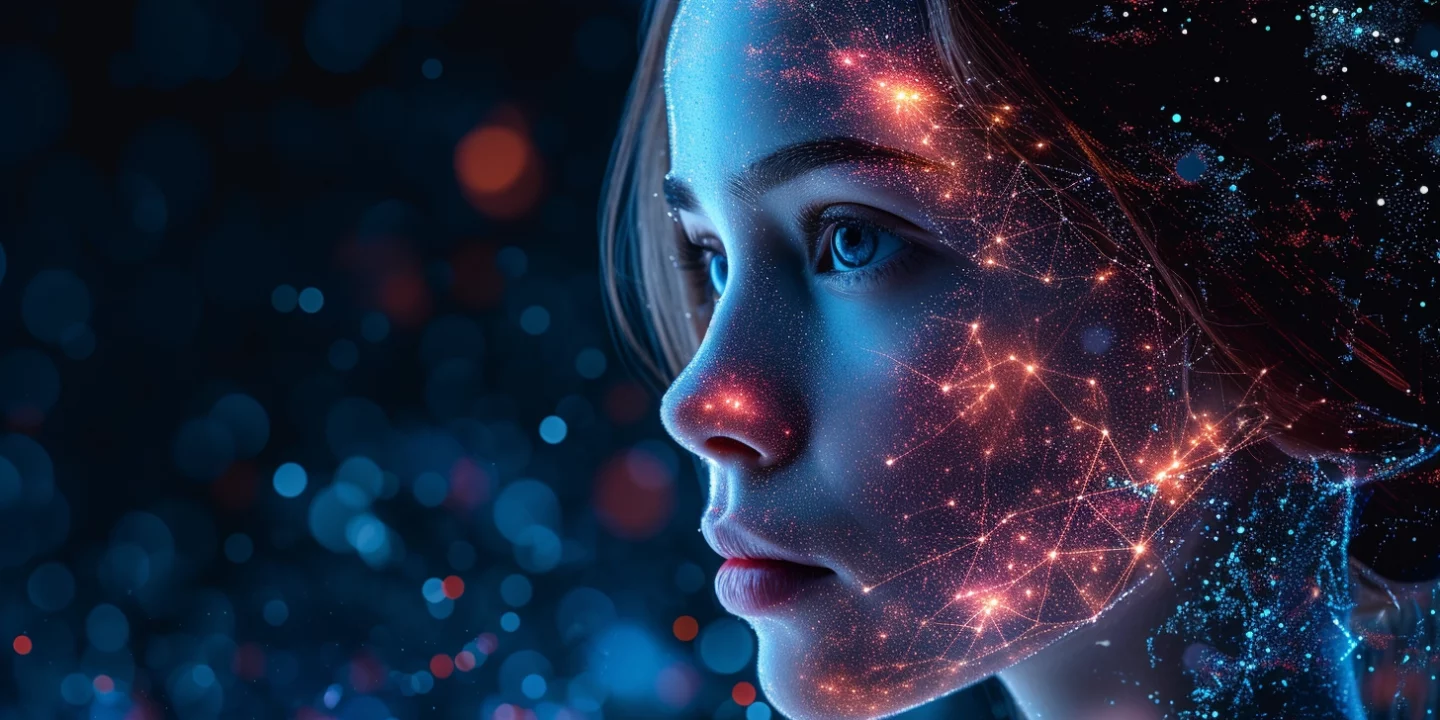
Generative AI, a subfield of artificial intelligence (AI), has been rapidly transforming the way we interact with technology. This groundbreaking field allows machines to not just analyze data but also create entirely new content, pushing the boundaries of human-computer interaction. But what exactly is generative AI, and how is it impacting our world? Buckle up, because we’re diving deep into this fascinating realm of artificial creativity and look into generative-ai-meaning.
What is Generative AI?
Imagine a machine capable of composing a sonnet like Shakespeare, generating a photorealistic portrait, or crafting a catchy jingle. That’s the power of generative AI. In essence, it refers to a class of AI models trained on massive datasets of existing content – text, images, code, music – and empowered to produce entirely original creations. These models learn the underlying patterns and relationships within the data, enabling them to generate content that closely resembles, but isn’t a mere copy of, the training data.
How Generative AI Creates?
So, how does generative AI perform its magic? Several techniques power this innovative field, but two prominent approaches deserve mention:
- Generative Adversarial Networks (GANs): Think of GANs as a competition between two neural networks – a generator and a discriminator. The generator continuously creates new data, while the discriminator strives to differentiate between real data and the generator’s outputs. This ongoing battle refines the generator’s ability to produce increasingly realistic and creative content.
- Variational Autoencoders (VAEs): VAEs operate by compressing the input data into a latent space (a lower-dimensional representation). The decoder then utilizes this compressed data to generate new, yet similar, outputs. VAEs excel at capturing the essence of the training data while enabling control over specific aspects of the generated content.
These are just a few examples, and the field of generative AI is constantly evolving with new algorithms and architectures emerging all the time.
Applications Of Generative AI
The potential applications of generative AI are vast and extend across numerous industries. Here are some specific examples showcasing its transformative capabilities:
- Creative Industries: Generative AI is revolutionizing content creation. From composing music that mimics the style of a particular artist to generating scripts for films and video games, AI is becoming a valuable partner for creative professionals.
- Drug Discovery: Scientists are utilizing generative AI to accelerate drug discovery by creating novel molecules with desired properties. This significantly reduces the time and cost associated with traditional drug development pipelines.
- Material Science: Researchers are leveraging generative AI to design materials with specific functionalities, leading to advancements in fields like solar energy capture and battery technology.
- Fashion Design: Generative AI is assisting fashion designers by creating new patterns, generating realistic product mockups, and even personalizing clothing recommendations for customers.
- Art and Design: AI-powered art generation tools are creating a stir. These tools allow anyone to experiment with different artistic styles and generate unique pieces of art, blurring the lines between human and machine creativity.
Beyond these examples, generative AI has the potential to impact various fields, including marketing, product development, education, and scientific research.
The Future Landscape
The future of generative AI is brimming with possibilities. As AI models become more sophisticated and training datasets continue to expand, we can expect even more impressive and nuanced creations. Here are some exciting potential developments:
- Hyper-personalization: Imagine AI generating custom experiences tailored to individual preferences, from personalized learning pathways to virtual reality environments that cater to your unique interests.
- Democratization of Creativity: Generative AI tools could become so user-friendly that anyone, regardless of technical expertise, could create high-quality content like music, videos, or even 3D models.
- Enhanced Scientific Discovery: Generative AI could significantly accelerate scientific research by helping to design experiments, propose new hypotheses, and analyze complex datasets to uncover hidden patterns.
However, ethical considerations around bias, ownership, and the potential misuse of AI-generated content need to be addressed as this technology matures.
Conclusion
Generative AI marks a significant leap in the evolution of artificial intelligence. It’s no longer just about analyzing data; it’s about creating entirely new possibilities. As generative AI continues to evolve, we can expect a future where humans and machines collaborate on a deeper level, pushing the boundaries of creativity and innovation across diverse fields.








